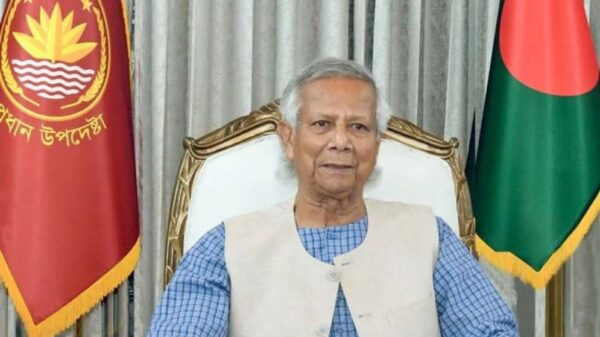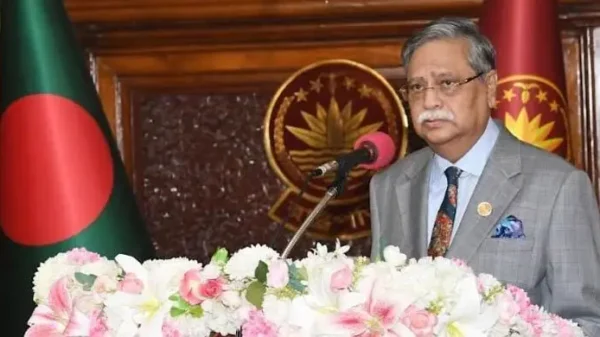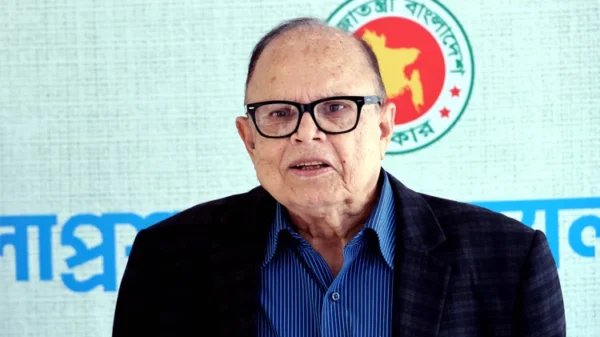Billboards across Iran’s capital proclaim that women should wear their mandatory headscarves to honor their mothers. But perhaps for the first time since the chaotic days following Iran’s 1979 Islamic Revo-lution, more women — both young and old — choose not to do so.
Such open defiance comes after months of protests over the September death of 22-year-old Mahsa Amini in the custody of the country’s morality police, for wearing her hijab too loosely. While the demonstrations appear to have cooled, the choice by some women not to cover their hair in public poses a new challenge to the country’s theocracy. The women’s pushback also lays bare schisms in Iran that had been veiled for decades.
Authorities have made legal threats and closed down some businesses serving women not wearing the hijab. Police and volunteers issue verbal warnings in subways, airports and other public places. Text messages have targeted drivers who had women without head covering in their vehicles.
However, analysts in Iran warn that the government could reignite dissent if it pushes too hard. The pro-tests erupted at a difficult time for the Islamic Republic, currently struggling with economic woes brought on by its standoff with the West over its rapidly advancing nuclear program.
Some women said they’ve had enough — no matter the consequence. They say they are fighting for more freedom in Iran and a better future for their daughters.
Some suggested the growing numbers of women joining their ranks might make it harder for the author-ities to push back.
“Do they want to close down all businesses?” said Shervin, a 23-year-old student whose short, choppy hair swayed in the wind on a recent day in Tehran. “If I go to a police station, will they shut it down too?”
Still, they worry about risk. The women interviewed only provided their first names, for fear of reper-cussions.
Vida, 29, said a decision by her and two of her friends to no longer cover their hair in public is about more than headscarves.
“This is a message for the government, leave us alone,” she said.
Iran and neighboring Taliban-controlled Afghanistan are the only countries where the hijab remains mandatory for women. Before protests erupted in September, it was rare to see women without head-scarves, though some occasionally let their hijab fall to their shoulders. Today, it’s routine in some areas of Tehran to see women without headscarves.
For observant Muslim women, the head covering is a sign of piety before God and modesty in front of men outside their families. In Iran, the hijab — and the all-encompassing black chador worn by some — has long been a political symbol as well.
Iran’s ruler Reza Shah Pahlavi in 1936 banned the hijab as part of his efforts to mirror the West. The ban ended five years later when his son, Shah Mohammad Reza Pahlavi, took over. Still, many middle and upper-class Iranian women chose not to wear the hijab.
By the 1979 Islamic Revolution, some of the women who helped overthrow the shah embraced the cha-dor, a cloak that covers the body from head to toe, except for the face. Images of armed women encom-passed in black cloth became a familiar sight for Americans during the U.S. Embassy takeover and hos-tage crisis later that year. But other women protested a decision by Grand Ayatollah Ruhollah Khomeini ordering the hijab to be worn in public. In 1983, it became the law, enforced with penalties including fines and two months in prison.
Forty years later, women in central and northern Tehran can be seen daily without headscarves. While at first Iran’s government avoided a direct confrontation over the issue, it has increasingly flexed the pow-ers of the state in recent weeks in an attempt to curb the practice .
In early April, Iran’s Supreme Leader Ayatollah Ali Khamenei declared that “removing hijab is not Is-lamically or politically permissible.”
Khamenei claimed women refusing to wear the hijab are being manipulated. “They are unaware of who is behind this policy of removing and fighting hijab,” Khamenei said. “The enemy’s spies and the ene-my’s spy agencies are pursuing this matter. If they know about this, they will definitely not take part in this.”
Hard-line media began publishing details of “immoral” situations in shopping malls, showing women without the hijab. On April 25, authorities closed the 23-story Opal shopping mall in northern Tehran for several days after women with their hair showing were seen spending time together with men in a bowling alley.
“It is a collective punishment,” said Nodding Kasra, a 32-year-old salesman at a clothing shop in the mall. “They closed a mall with hundreds of workers over some customers’ hair?”
Police have shut down over 2,000 businesses across the country over admitting women not wearing the hijab, including shops, restaurants and even pharmacies, according to the reformist newspaper Shargh.
“This is a lose-lose game for businesses. If they warn (women) about not wearing the hijab as per the authorities’ orders, people will boycott them,” said Mohsen Jalalpour, a former deputy head of Iran’s Chamber of Commerce. “If they refuse to comply, the government will close them down.”
Bijan Ashtari, who writes on Iranian politics, warned that business owners who had remained silent dur-ing the Mahsa Amini-inspired protests could now rise up.
Meanwhile, government offices no longer provide services to women not covering their hair, after some had in recent months. The head of the country’s track and field federation, Hashem Siami, resigned this weekend after some participants in an all-women half-marathon in the city of Shiraz competed without the hijab.
There are signs the crackdown could escalate.
Some clerics have urged deploying soldiers, as well as the all-volunteer Basij force of Iran’s paramilitary Revolutionary Guard, to enforce the hijab law. The Guard on Monday reportedly seized an Iranian fish-ing boat for carrying women not wearing the hijab near Hormuz Island, according to the semiofficial Fars news agency.
Police also say that surveillance cameras with “artificial intelligence” will find women not wearing their head covering. A slick video shared by Iranian media suggested that surveillance footage would be matched against ID photographs, though it’s unclear if such a system is currently operational .
“The fight over the hijab will remain center stage unless the government reaches an understanding with world powers over the nuclear deal and sanctions relief,” said Tehran-based political analyst Ahmad Zei-dabadi.
But diplomacy has been stalled and anti-government protests could widen, he said. The hijab “will be the main issue and the fight will not be about scarves only.”
Sorayya, 33, said she is already fighting for a broader goal by going without the headscarf.
“I don’t want my daughter to be under the same ideologic pressures that I and my generation lived through,” she said, while dropping off her 7-year-old daughter at a primary school in central Tehran. “This is for a better future for my daughter.”–Net













































